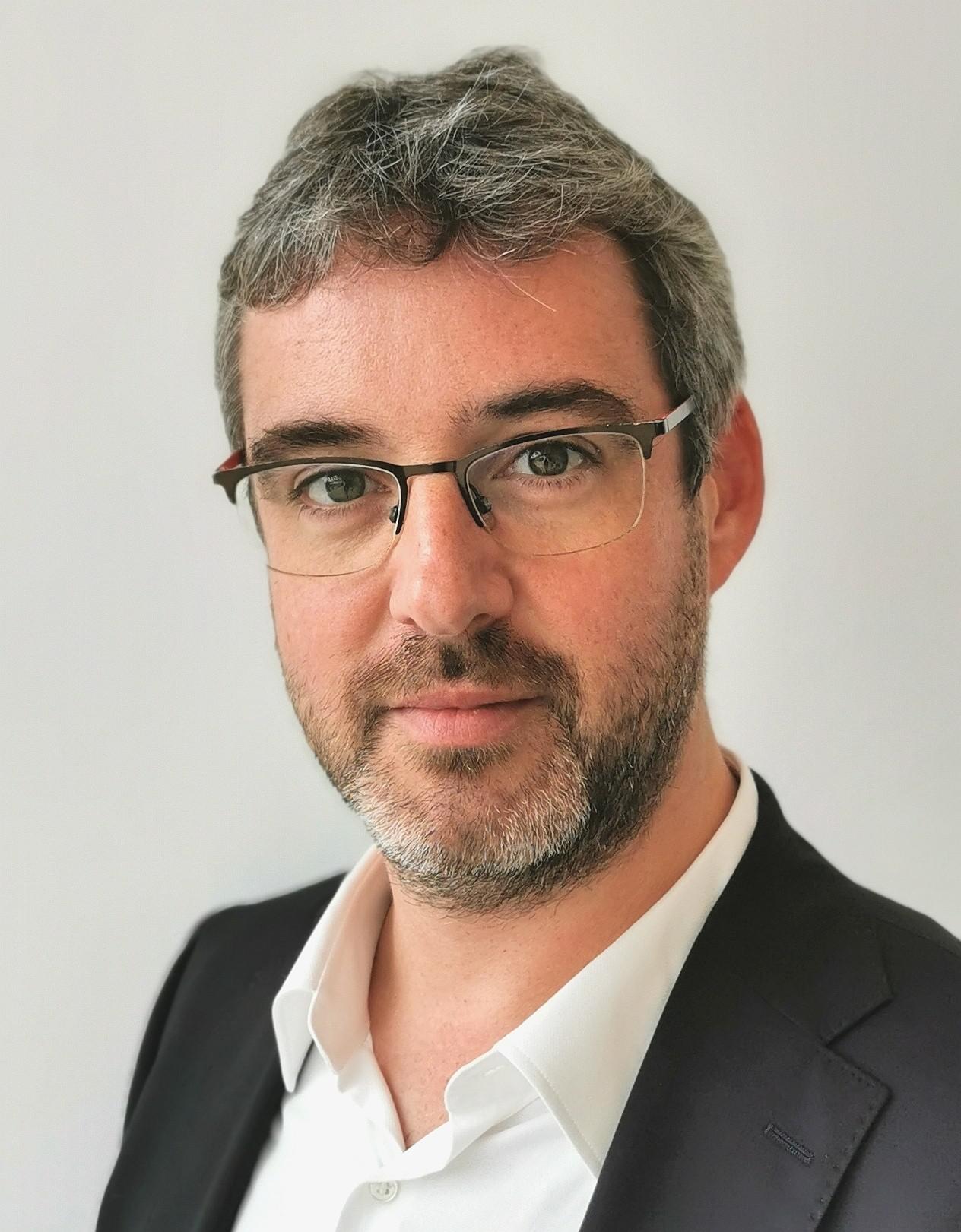Several commercially viable technologies use quantum science for practical applications in health care, environmental monitoring, navigation, communications and particle physics.
A public open day celebrates 100 years of quantum physics at EPFL.
One hundred years ago, in 1925, key developments launched the field now known as quantum science. These included the first use of the term quantum mechanics in a scientific publication and a breakthrough equation by Ernst Schrödinger in Arosa, Switzerland. To commemorate this scientific revolution and its impacts, UNESCO has declared 2025 the International Year of Quantum Science and Technology.
Incredible advances with direct societal impact have been made thanks to quantum mechanics. Already in the first quantum revolution, from the early to mid-20th century, quantum advances led to the birth of the semiconductor and photonic industries, and innovations such as lasers, Magnetic Resonance Imaging (MRI), and atomic clocks (GPS).
As we embark on the second quantum revolution, scientists are unlocking unprecedented control over individual photons and atoms. By leveraging the remarkable phenomena of tunneling, superposition and entanglement, quantum technologies are opening new frontiers in sensing, simulation, secure communications and computing.
At EPFL, researchers are doing groundbreaking work in most of these exciting new fields. To foster connections between research, education and innovation in quantum at EPFL, the Center for Quantum Science and Engineering (QSE Center) opened in 2021. It brings together leading scientists from physics, computer science and engineering, to develop quantum technologies and helps support Switzerland's quantum future with grants, partnerships and public engagement.
EPFL's scientific leadership, commitment to education and transformative technologies position it as a key player in the rapidly evolving quantum landscape. As the second quantum revolution advances, the work being done here is set to drive significant breakthroughs and shape the future of quantum science and technology.
Quantum is everywhere
"Building a large number of robust qubits for quantum computing is notoriously hard and will take time, but quantum systems are already seeing real-life applications in other domains, such as quantum communication and quantum sensing," says Philippe Caroff, executive director of the QSE Center. "With single atoms, light particles or crystals, we can map electromagnetic fields of the earth and the brain, for instance. Companies have already demonstrated market-ready products for navigation and medical imaging."

Bad qubits make good sensors
Because qubits are highly sensitive to vibrations, temperature and electromagnetic fields, they are difficult to build into a large quantum computer. However, this property turns single qubits into extremely good sensors that are easy to integrate with classical technologies. As a result, quantum sensor products are already on par with or better than their classical counterparts in real-life applications.
"In quantum sensing, we take a quantum object, usually a single atom, and use some of its quantum properties, like coherence and entanglement. These individual quantum systems end up being very sensitive," says Jean-Philippe Brantut, head of the Laboratory for Quantum Gases.
Already, there are very precise gravimeters that can be used for geo-exploration and mining, and magnetometers which can be used for navigation in areas with GPS blackouts, such as in combat zones, underwater, or in the high mountains.
Monitoring the heart
These same sensors can be used for medical imaging, which is what Clément Javerzac, professor at Fachhochschule Nordwestschweiz (FHNW) and EPFL alumnus is working on both as a researcher and through his startup MatterDecoder.
"We use these sensors to image the magnetic field of the heart, which is seven orders of magnitude smaller than the geomagnetic field," Javerzac explains. "This can help diagnose coronary artery disease, the leading cause of death worldwide."
With coronary artery disease, the coronary arteries get blocked and the heart does not get the oxygen it needs, leading to loss of heart muscle and eventually a heart attack. These quantum sensors can map the heart and identify anomalies, leading to an early diagnosis and treatment of the pathology.
"We put a small box that contains sensors close to the chest to measure the magnetic field," Javerzac says. "It takes a few minutes, and then we can give data to the doctors. It's a noninvasive method that involves no radiation to the patient."
Big potential for small data sets
While many of the biggest goals for quantum computing still remain out of reach, there are already quantum computers accessible on the cloud that can be used by anyone, including EPFL students.
"In 2016, we at EPFL were the first university, with the University of Waterloo and MIT, to introduce IBM Quantum for teaching, a quantum technology that anyone could connect to from anywhere in the world on the cloud, whereas a few years before it was only in the best labs in the world," says Javerzac. "It's been fascinating to see the evolution. Today, you can access quantum processing units (QPUs) with many more good qubits compared to just a few years ago."
Questions of the universe

2025 EPFL
Meanwhile, Brantut is exploring with collaborators some big fundamental physics questions, such as the dynamics of black holes, by mapping a model of their physics equations on a well-controlled and tunable cloud of atoms. The equations describing their evolution would be similar to those of actual black holes, which are inaccessible to spacecraft due to their extreme gravity.
"Quantum is strange," concludes Brantut. "Because of this it can be wonderful, but it also continues to be puzzling. We are always working on turning it into something that is useful, but for me, it's still at the point where we will get surprises.






